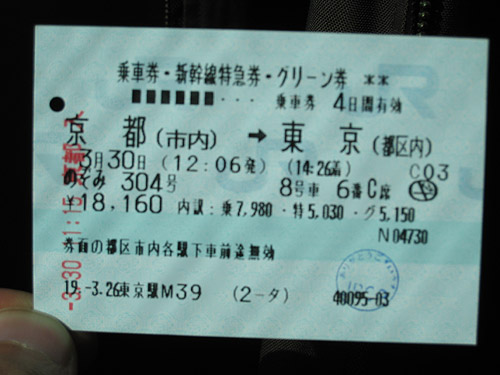Holly started running long before I did, and she got very good at it. I’d tried to run with her before, but my knees flared up and so I stopped. I always had problems with my knees. If I walk down a mountain they turn into balls of fiery pain (no problem going up). So I’ve always assumed I had bum knees, and hence assumed I would never run more that a few yards
The thing that began to turn this belief around, rather oddly, was grippers. Yup, those hand exercise things that you squeeze to make your grip stronger. I got a set of them from Iron Mind, and they come in various strengths, 1,2,3 & 4, with 1 being the weakest. They also have an even weaker “T” (for “Trainer”) gripper. So I started on that. First attempt I could not even close that.
But closing grippers is a nice simple exercise, one you can do sitting at your desk, which is what I did. The goal with these grippers is to squeeze them closed. After a few weeks I could close the #1, but thought that the #2 was basically immovable. #3 and #4 were for the gods. But I kept squeezing away, and eventually I got the #2 closed.
I also noticed something odd. My hands hurt less than they used to.
I type a lot, and I move a mouse a lot. This used to cause me some occasional pain. But since I’d got much stronger hands, they really don’t hurt at all (except for when I over-train, but that’s another story).
So this got me a-thinking, what if my knees were not “bad”, they were simply weak. I just needed to ease into the running gradually, perhaps with some other low impact leg exercises to build up the strength in the surrounding muscles, and I could move my knees from weak to strong, and run again.
So I did. I started out doing a run to Old Muscle Beach, Santa Monica. A distance of 1.1 miles. I started doing this sometime last August (2006). My first attempt I only managed to run half way there before having to stop. I walked all the way back. But over time I improved, first being able to run all the way there. Then there and back. Then the time started dropping. I probably started around 13 minutes. By October I was doing it in 10:34, then just three weeks later I did 9:28, then the times continued to steadily drop.
There were setbacks. My knees (particularly my left knee), are not yet strong. If they get pushed too hard, they push back with pain. Sometimes I’ve had to stop because the knees hurt. Sometimes I’ve been almost unable to walk the day after because of the pain. But I just give them rest, (and, more recently, ice,) and they come back. My time has dropped and dropped, and I’ve now done it in 8:09. That’s 1.1 miles mind, so that’s actually one mile in 7:25, or if you believe the Garmin’s tracking, I’ve run a mile in 7:16. Not bad for a guy with bum knees.
The grippers taught me just how straightforward it is to build up strength in one part of your body, just with gradual exercise. It’s simple, and it’s obvious. The gripper training also comes in handy at the turning around point of my run, Old Muscle Beach, where I stop for thirty minutes and do various exercises on the bars and the traveling rings. I’m gradually strengthening up those other muscles that though they were in for an easy life.



